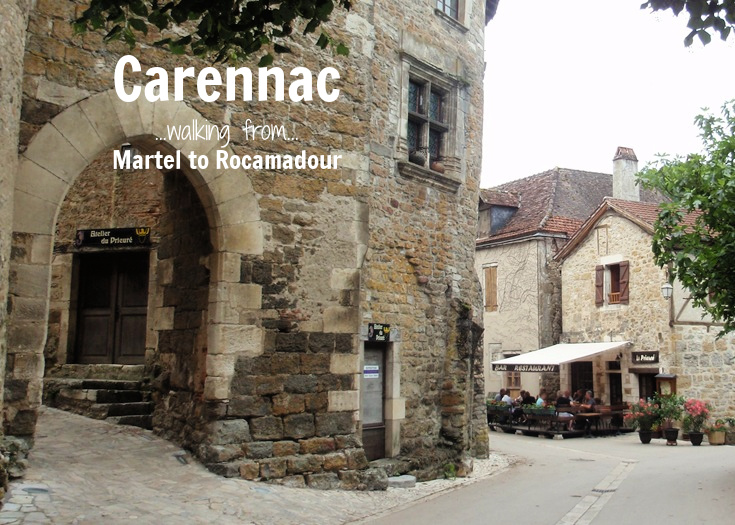
(Published January 2016, last updated June 2025)
Nine hundred years ago, in the eleventh century, Cluny monks built a monastery in a small clearing near the Dordogne River. A village soon developed around the abbey, a château was built next door and high walls protected the occupants.
Today, this slice of medieval history, known as Carennac, is classified among France’s ‘most beautiful villages’.
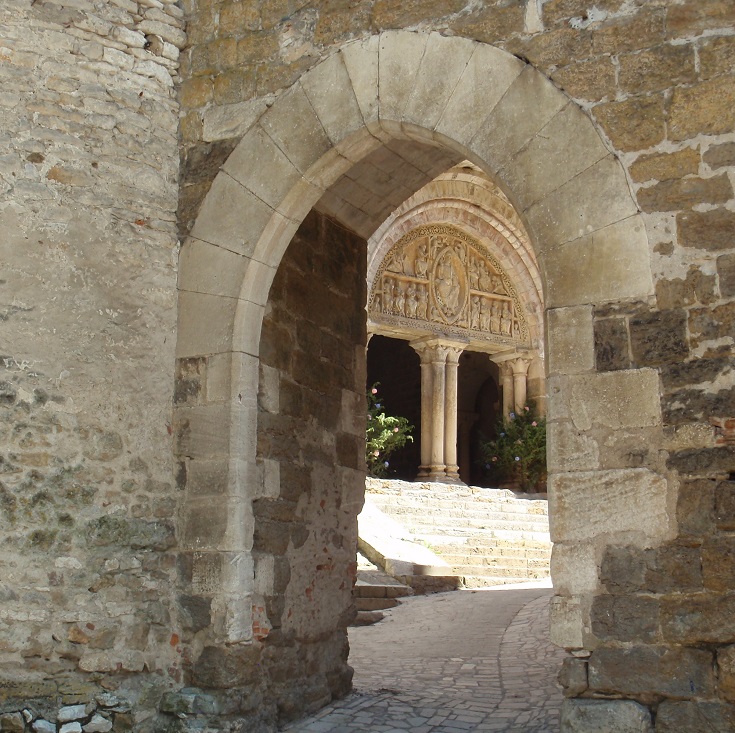
Glimpse of the church of Saint-Pierre through the remparts
The focal point of Carennac is the church of Saint-Pierre with its magnificent entrance and ornately carved tympanum which dates from the twelfth century. Equally impressive is the adjoining cloister which was built in the fourteenth century following the Hundred Years War.
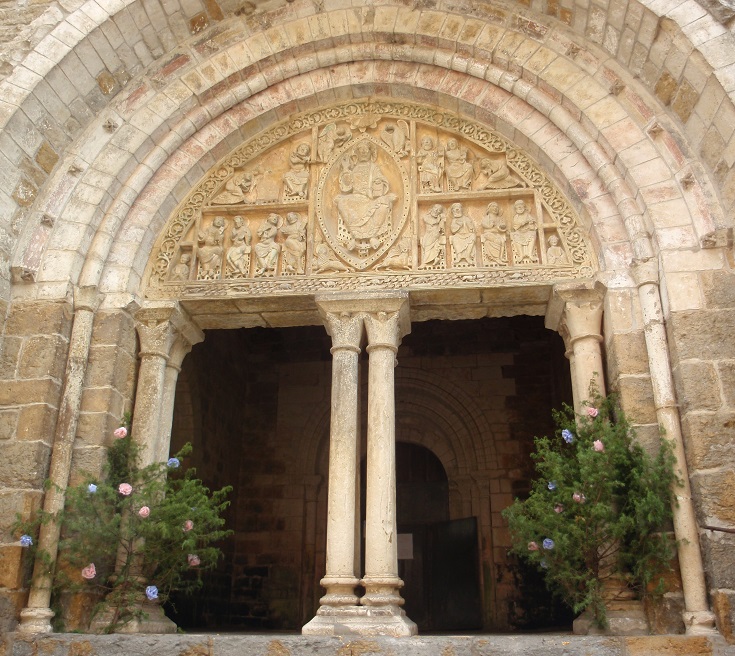
The magnificent entrance to l’église Saint-Pierre
Entry to the church is free but entry to the cloister requires a token purchased from the Tourist Office (be sure to purchase one before the office shuts for the day—or for lunch).
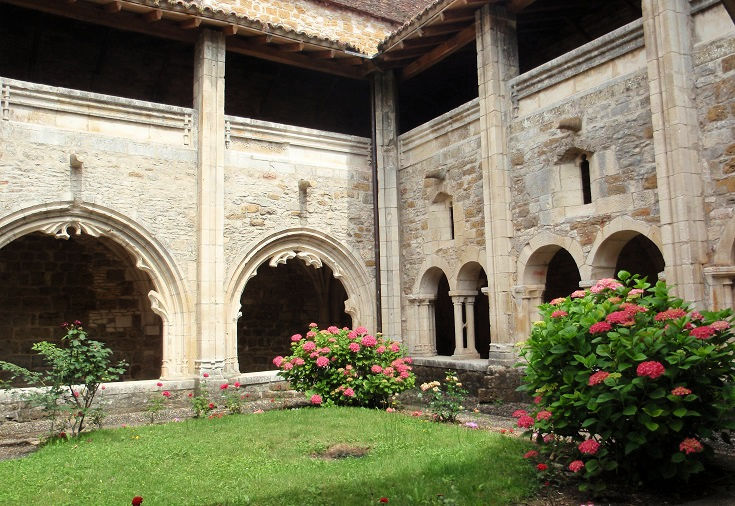
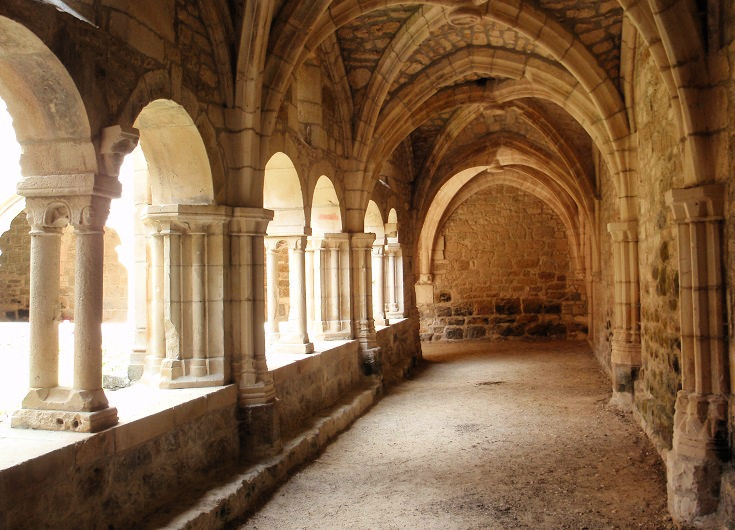
When you call in to the Tourist Office, ask also for a map of the village, marked with almost twenty points of interest. You’ll find tiny chapels and ancient timbered houses—many tucked away in side streets that you might not otherwise explore.
What will you see as you wander around Carennac?
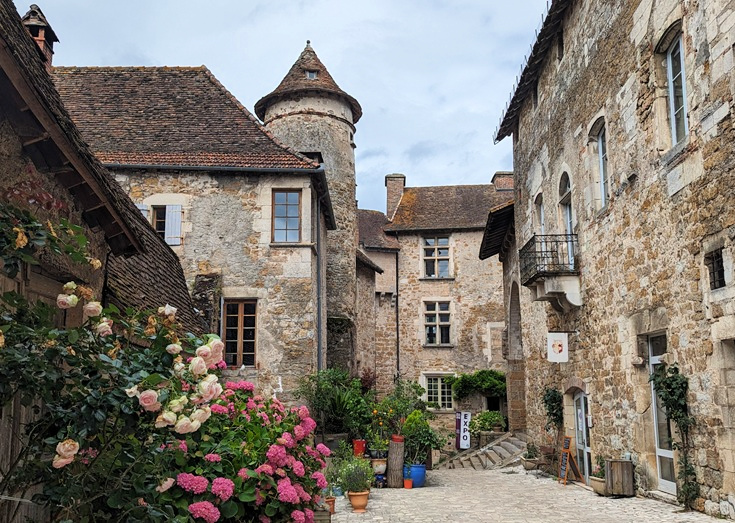
Place de l’Église
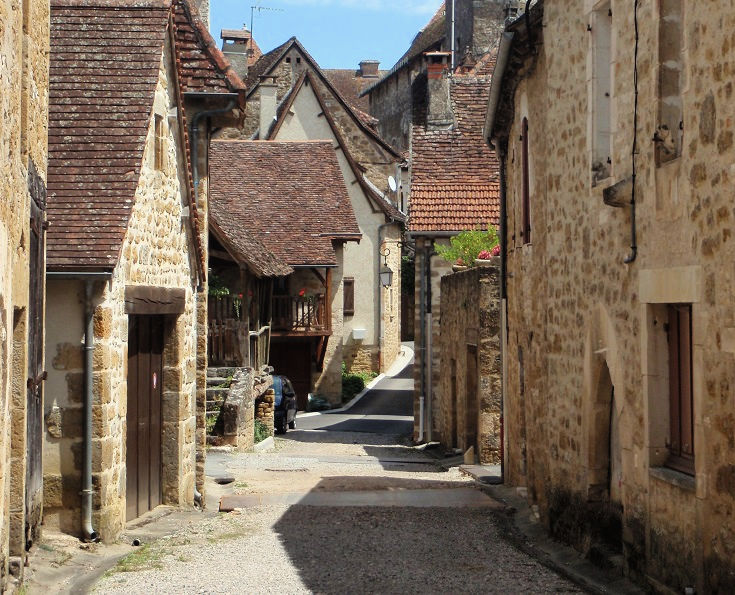
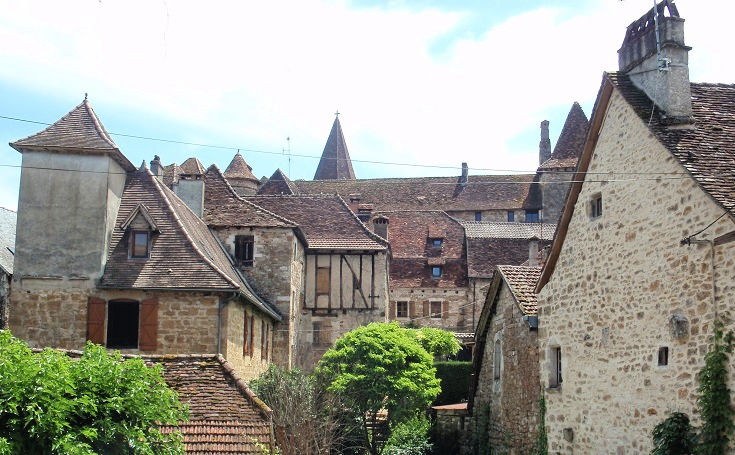
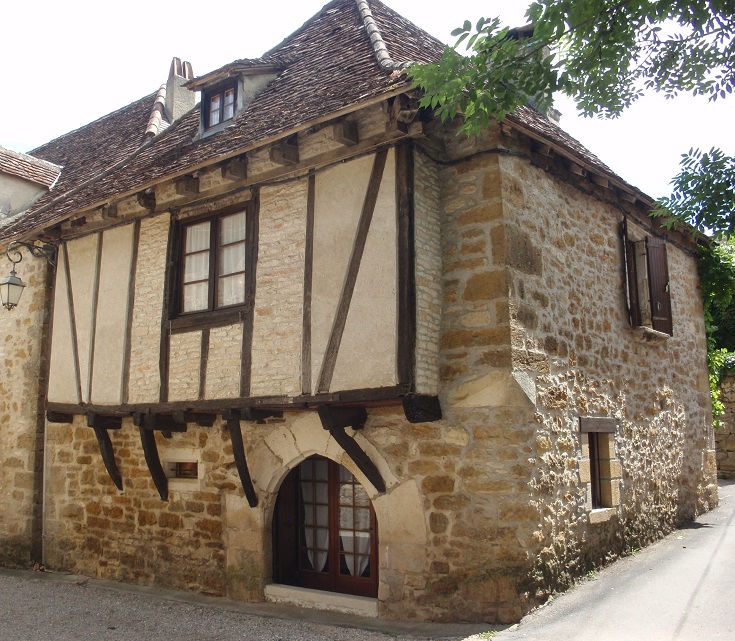
Timbered houses in Carennac are typical of those found throughout the region. I’m told that the extensions on the upper floor were a way of increasing the floor space without increasing the payable taxes (which were based on the footprint of the house).
In medieval times, houses were covered in stucco to disguise the fact they were built of stone and, in cramped dark alleyways, it was often a requirement that they be painted in light colours. The stucco has since been removed to showcase the character and heritage of the building.
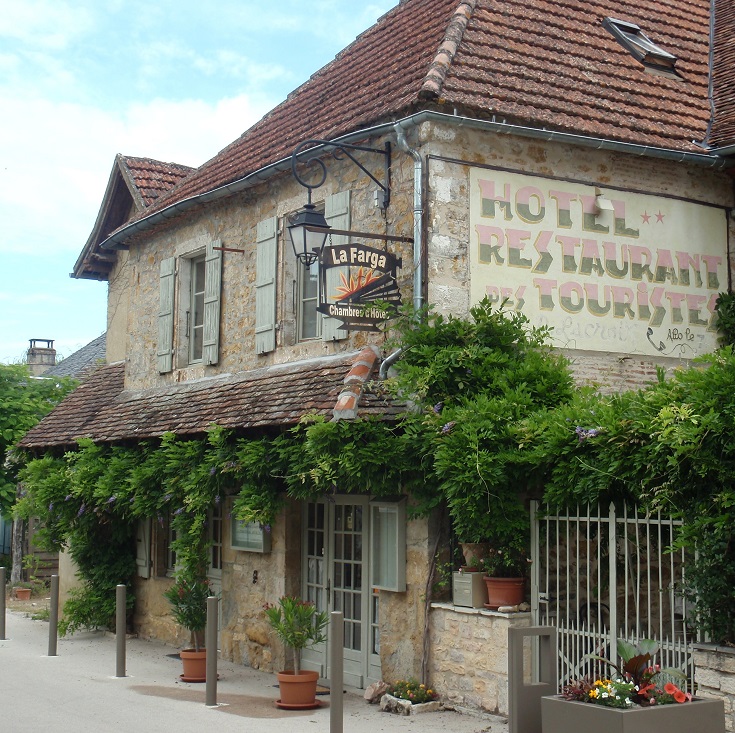
FAST FACTS
Which long-distance walk in France visits Carennac? Martel to Rocamadour
Look inside the MARTEL TO ROCAMADOUR (PDF) guidebook
Where is Carennac, France? Find it on Google maps
Carennac is located 100 kilometres (62.5 miles) from the starting point of Martel.
If you are following my suggested itinerary for this nine-day walk, you’ll arrive in Carennac at the end of the eighth day of walking—a relaxed pace which allows plenty of time to visit Gouffre de Padirac earlier in the day.
Carennac is one of nine of France’s most beautiful villages visited on this walk. This itinerary allows plenty of time to relax and enjoy them all (Martel, Turenne, Collonges-la-Rouge, Curemonte, Beaulieu-sur-Dordogne, Autoire, Loubressac and Rocamadour) and to explore Château de Castelnau-Bretenoux.
If you prefer to set your own agenda, I share the steps I take to plan my itinerary on any long-distance walk (using the Chemin de Stevenson as a case study).
Transport options to and from Carennac
There is no bus service in Carennac, but the village is serviced by three taxi companies—Taxi Auriel (based in Vayrac) 05 65 10 90 90, AB Plus (based in Vayrac) 05 65 10 88 12 and Adgié (based in Gramat) 05 65 38 75 07.
Tourist Office in Carennac
You’ll find the Tourist Office squeezed between Église Saint-Pierre and the adjoining cloister.
Accommodation in Carennac
Hotel
Hostellerie Fénelon
Chambres d’Hôtes
La Maison du Rocher (4 rooms, 15 people)
Les Perluètes (3 rooms, 8 people)
La Petite Auberge (3 rooms, 6 people)
L’Instant Nouveau (3 rooms, 6 people)
Les Terrasses de Carennac (1 room, 2 people)
Campground
L’Eau Vive
How to book accommodation in French
Where to eat in Carennac
You’ll find several cafés, a bakery (boulangerie) and supermarket in the village where you can stop for lunch or dinner, buy picnic supplies or stock up on trail mix.
On Tuesday evenings in July and August, a very small local produce market is held in Parc du Château. (If rain is forecast, the market is unlikely to be held. This is not a market to time your walk around.)
Practical tips for long-distance walking—preparation, packing and avoiding blisters
Purchase the Martel to Rocamadour (PDF) guidebook
